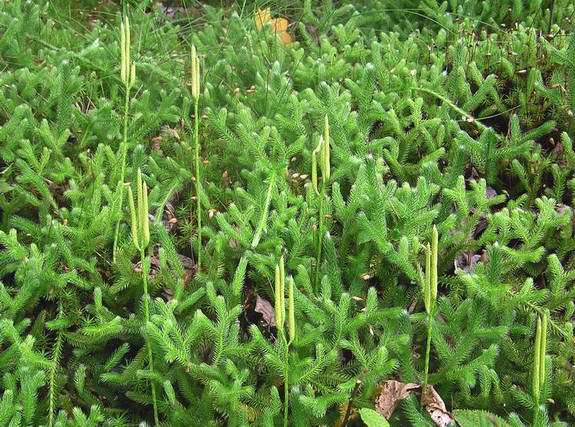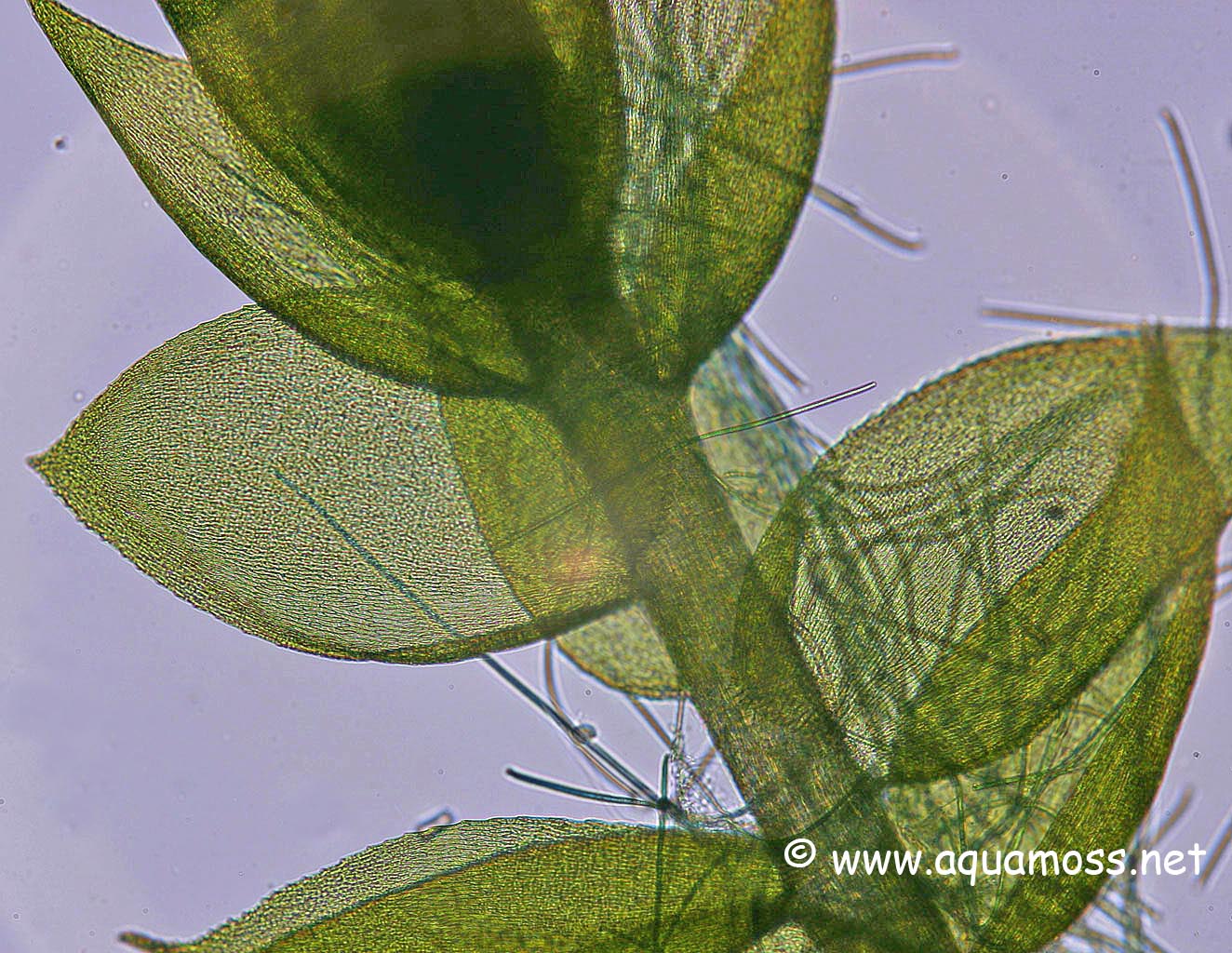 You probably don't pay much attention to the green pads of moss in your backyard or alongside a hiking trail. However, a closer look at these tiny plants can reveal a fascinating world. What exactly is moss? Moss is a small, nonvascular plant that grows in large clusters. The clumps you see are not one bush, but made of hundreds of minuscule shoots. They only grow close to the ground because they lack vascular tissue, a means of transporting water and nutrients around the whole plant. Mosses also do not produce seeds like most plants; instead, they produce spores. They release spores during a certain time of their life cycle, in which spore capsules rise from the shoots. This phase is called the sporophyte stage.
You probably don't pay much attention to the green pads of moss in your backyard or alongside a hiking trail. However, a closer look at these tiny plants can reveal a fascinating world. What exactly is moss? Moss is a small, nonvascular plant that grows in large clusters. The clumps you see are not one bush, but made of hundreds of minuscule shoots. They only grow close to the ground because they lack vascular tissue, a means of transporting water and nutrients around the whole plant. Mosses also do not produce seeds like most plants; instead, they produce spores. They release spores during a certain time of their life cycle, in which spore capsules rise from the shoots. This phase is called the sporophyte stage.
 |
| Sporophyte Moss |
|
|
|
|
|
Mosses not only have a role in most forest ecosystems as soil producers and fertilizers, they also have medicinal properties. They have been used as bandages to regulate blood clotting. In addition, they are sources of antibacterial, antifungal, and antiviral compounds. Some mosses have even been shown to possess anticancer properties. Mosses can also be used in insect repellent, since most insects find moss indigestable. Finally, mosses are used in agriculture as an ingredient in fertilizers. Moss makes a suitable fertilizer because of its tendency to retain water and gradually release it. This helps keep plants alive during shipping. Moss also prevents the development of harmful bacteria and fungi in soil.

Before we start identifying moss, we must learn what really is a moss. Though the plant in the above picture may look like moss, and even has 'moss' in its common name (Spanish moss) it is not a true moss. In fact, it is a type of lichen, a symbiotic relationship between a fungus and alga. Reindeer moss, though it also looks like a moss, is not moss. It is also a lichen. Club mosses are not mosses either. Though they are not lichens, they are vascular plants similar to ferns. Many people believe that green algae are mosses, but these slimy, green 'pond scum' are a different type of plant.
 |
| Reindeer Moss - once again, not a moss! |
|
|
 |
Club moss - not a moss!
 |
| Algae - also not a moss! |
|
|
|
|
|
|
|
|
|
Now that you know what is and is not a moss, it is time to learn how to identify them! You will need a microscope or high-power hand lens to view distinguishing features of mosses such as leaves. Leaves are either ovate, lance, or sickle. Ovate leaves are shaped like ovals, lances like pointed ovals, and sickles like distorted lances or claws. Leaf shapes can give you important clues to the identity of your moss. When you take a specimen of moss, note its surroundings and where you found it (on soil, on a rock, on a log, etc.) Do not take the whole cluster, but do not take only one shoot, either. Tease apart a small sprig and seal it in a plastic bag. If you see any in the sporophyte stage, definitely sample that, too! If there is also a dry patch, take it too, since some mosses can look very different when dry. If no dry specimens are available, you can dry some in the sun, your house, or your garage.I recommend you purchase a field guide of mosses specific to your area to aid identification.

 You probably don't pay much attention to the green pads of moss in your backyard or alongside a hiking trail. However, a closer look at these tiny plants can reveal a fascinating world. What exactly is moss? Moss is a small, nonvascular plant that grows in large clusters. The clumps you see are not one bush, but made of hundreds of minuscule shoots. They only grow close to the ground because they lack vascular tissue, a means of transporting water and nutrients around the whole plant. Mosses also do not produce seeds like most plants; instead, they produce spores. They release spores during a certain time of their life cycle, in which spore capsules rise from the shoots. This phase is called the sporophyte stage.
You probably don't pay much attention to the green pads of moss in your backyard or alongside a hiking trail. However, a closer look at these tiny plants can reveal a fascinating world. What exactly is moss? Moss is a small, nonvascular plant that grows in large clusters. The clumps you see are not one bush, but made of hundreds of minuscule shoots. They only grow close to the ground because they lack vascular tissue, a means of transporting water and nutrients around the whole plant. Mosses also do not produce seeds like most plants; instead, they produce spores. They release spores during a certain time of their life cycle, in which spore capsules rise from the shoots. This phase is called the sporophyte stage. 




